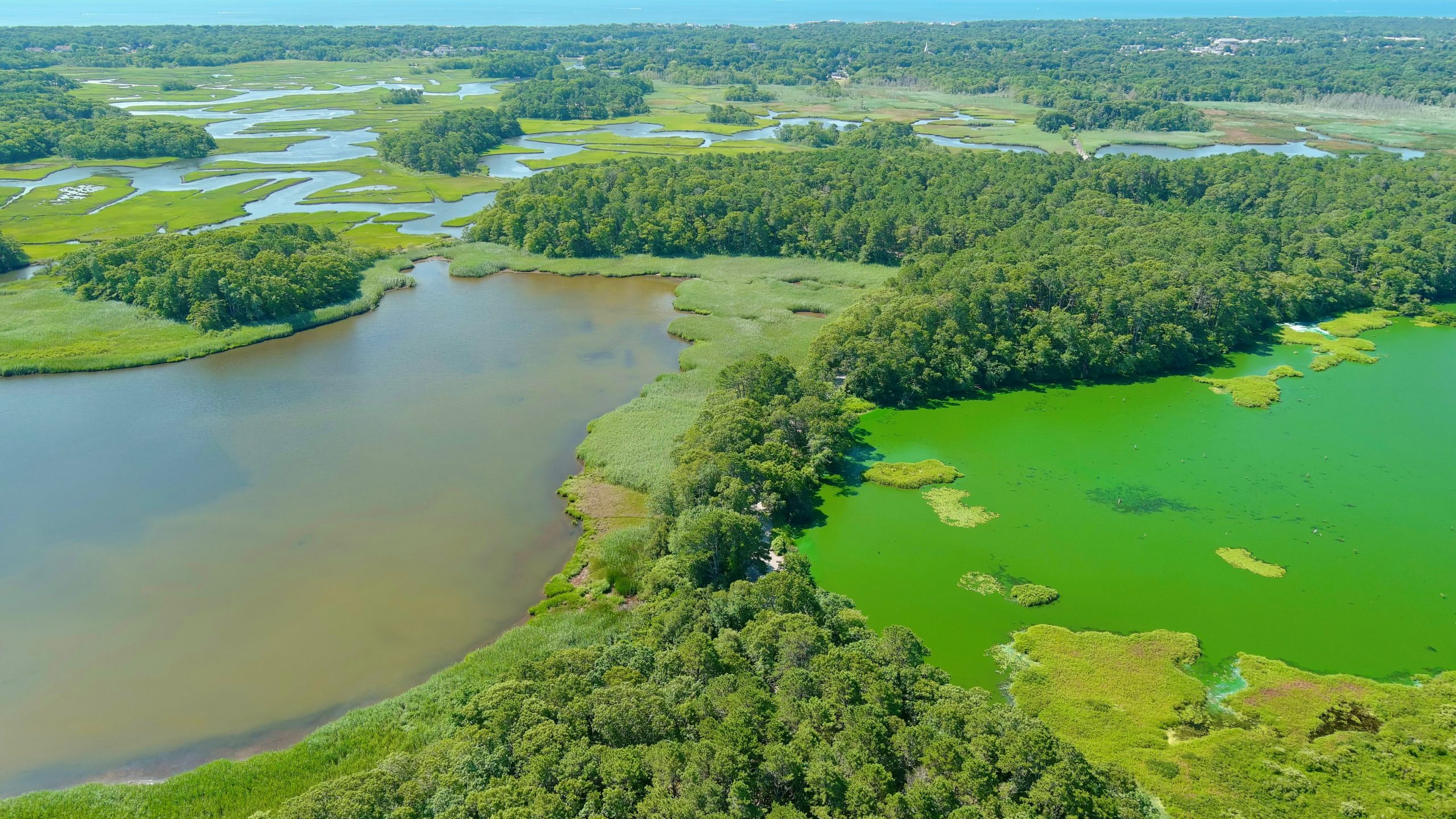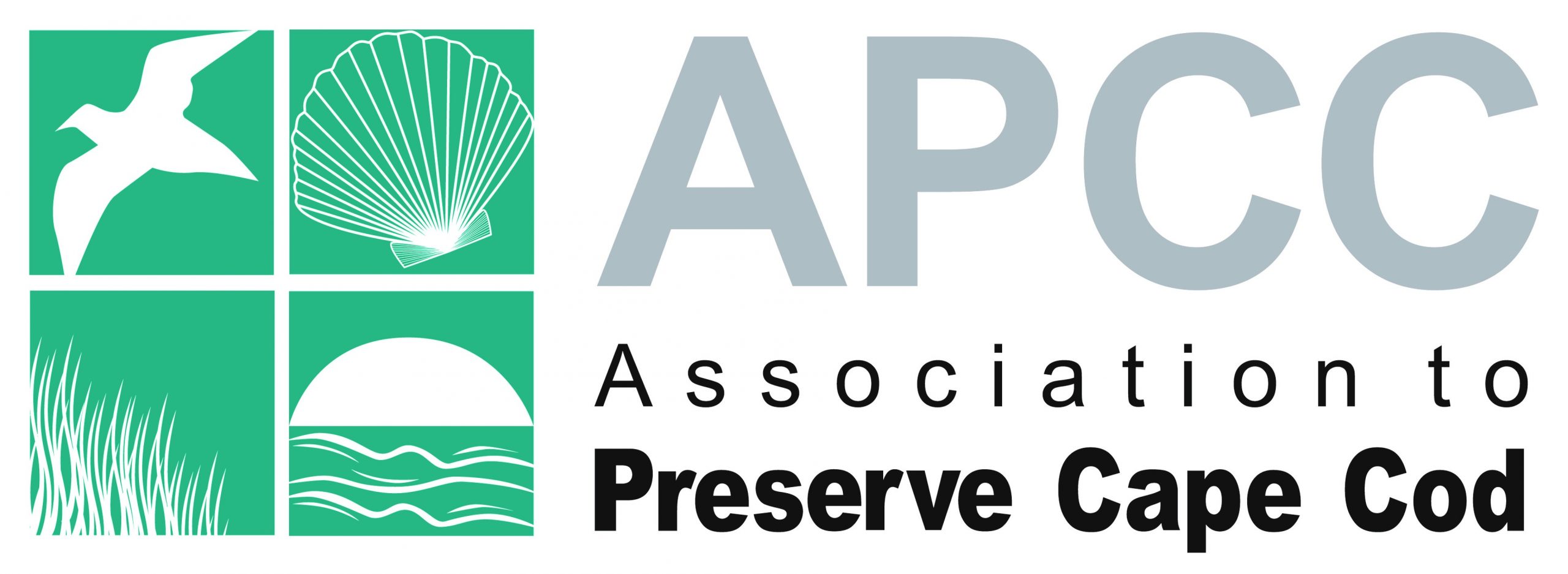From Classroom to Coastline: An educator workshop about
marine and freshwater harmful algal blooms (HABs)

Presenters
Dr. Mindy Richlen, Woods Hole Oceanographic Institution Biology Department - HAB Science in the Classroom, Presentation Slides
Dr. Julie Hambrook Berkman, Pond and Cyanobacteria Program Manager, Association to Preserve Cape Cod - Dive into Freshwater Ponds and Toxic Cyanobacteria Concerns, Presentation Slides
Date: December 14, 2023
Lesson Plans and Classroom Activities
- US National Office for Harmful Algal Blooms Educator Resources – There are many great resources here.
- Algal Life Cycles
- Track HABs by Mapping their Cysts
- Slicing the Pie - Interpreting Harmful Algal Blooms one pie chart at a time
- Nutrient Loading & Eutrophication
- Phytoplankton Buoyancy & Mobility
- Introduction to Molecular Techniques
- Ecological Concepts
- Engineering for Biology
- Chemistry made easy
- Chemistry Made Easy: Teaching Students about the Link Between Marine Chemistry and Coral Reef Biodiversity by Mary Carla Curran and Alison Robertson
- Harmful Algal Blooms (HABs): track them like a scientist activity by Mary Carla Curran and Mindy L. Richlen
- Slicing the Pie: Interpreting harmful algal blooms one pie chart at a time by Mindy L. Richlen, Mary Carla Curran, Christina Chadwick and Katherine A. Hubbard
- Pond Monitoring Activities
Background Material and Resources
- Association to Preserve Cape Cod (APCC) webpage on Cyanobacteria Monitoring Program
- Association to Preserve Cape Cod Resources:
- APCC 2023 Guide to Monitoring with LF phone
- APCC Cyanobacteria videos
- APCC all about cyanobacteria
- APCC Microscopy Data Sheet
- All about Cape Cod aquifers
- https://cccommission.maps.arcgis.com/apps/instant/sidebar/index.html?appid=caf21fba822d426ba9e2593bfc999163Cape Cod Pond Atlas of 890 ponds to be used with Pond View. Simply put the name of the pond and town in the search box and the pond information from the database will come up.
- Mindy Richlen WHOI Staff Page
- S. Environmental Protection Agency (EPA) pages:
- (Cyanobacteria Harmful Algal Blooms (CyanoHABS) in Water Bodies)
- “Monitoring and Responding to Cyanobacteria and Cyanotoxins in Recreational Waters.” (EPA recreational waters)
- EPA Office of Ground Water and Drinking Water webpage. Managing Cyanotoxins in Public Drinking Water Systems. (EPA drinking water)
- EPA webpage on nutrient pollution and HABs. (EPA and nutrient pollution)
- Centers for Disease Control (CDC) HABs page. This page has many resources including:
- General information
- Illness caused by freshwater blooms
- Illness caused by saltwater blooms
- Tips to avoid blooms
- Commonwealth of Massachusetts pages:
- Webpage on cyanobacteria. This provides information on cyanobacteria, possible health effects, and what to do if you suspect a bloom.
- Guidelines for cyanobacteria at recreational freshwater locations
- State of the Waters Action Plan for Cape Cod 2020.
- State agencies, including New York (NY), Rhode Island (RI), and New Hampshire (NH) have cyanobacteria monitoring programs and provide guidance concerning public health and environmental risks posed by cyanobacteria.
WHOI Oceanus Articles
- Are warming Alaskan arctic waters a new toxic algal hotspot? Daniel Hentz, May 2023.
- The recipe for a harmful algal bloom. Suzi Clark, August 2018
Deeper Exploration: Papers in Scientific Journals
- Anderson, D. M., E. Fensin, C. J. Gobler, A. E. Hoeglund, K. Hubbard, D. M. Kulis, J. H. Landsberg, K. A. Lefebvre, P. Provoost, M. L. Richlen, J.L. Smith, A. R. Solow, and V. L. Trainer. Marine harmful algal blooms (HABs) in the United States: history, current status and future trends. Harmful Algae
- Leland, N.J. and Haney, J.F. 2018. Alternative Methods for Analysis of Cyanobacterial Populations in Drinking Water Supplies: Fluorometric and Toxicological Applications Using Phycocyanin. Journal of Water Resource and Protection, 10, 740-761.
- Leland, N.J., Haney, J.F., Conte, K., Malkus-Benjamin, K. and Horsley, B. 2019. Evaluation of Size Structure in Freshwater Cyanobacterial Populations: Methods to Quantify Risk Associated with Changes in Biomass and Microcystin Concentrations. Journal of Water Resource and Protection, 11, 810-829.
- Leland, N.J., R. A. Landon, and J.F. Haney. September 2020. Trophic interactions between anadromous juvenile Alewife (Alosa pseudoharengus) and cyanobacterial populations in a shallow mesotrophic pond. Natural Resources, 2020, 11, 394-419.
- Cyanobacteria Monitoring Collaborative Program (CMC). 2017. Quality Assurance Program Plan (QAPP) for the Cyanobacteria Monitoring Collaborative Program. Rev: 0, April 26, 2017.
- This details the establishment of a cyanobacterial monitoring and bloom watch program.

Workshop Agenda
Thursday, December 14, 2023
8:45 – 9:15 -- Check-in at WHOI Clark Building, Room 507. Breakfast: pastries, coffee, juice, tea, water
9:15 – 9:30 --Introduction to WHOI Sea Grant and WHOI
9:30 – 10:30 -- Dr. Mindy Richlen, WHOI Biology Department
10:30 – 10:45 -- Break
10:45 – 11:45 -- Dr. Julie Hambrook Berkman, Association to Preserve Cape Cod
11:45 – 1:00 -- LUNCH (provided). Chat with speakers, discuss classroom integration, and explore campus.
1:00 – 1:15 -- Split into afternoon sessions
1:15-2:15 -- One group to explore HABs in the field and one group to explore classroom activities relating to HABs
2:15-2:30 -- Groups swap locations and activities
2:30-3:30 -- One group to explore HABs in the field and one group to explore classroom activities relating to HABs
3:30 - 4:00 -- Hand out PDPs and wrap up
